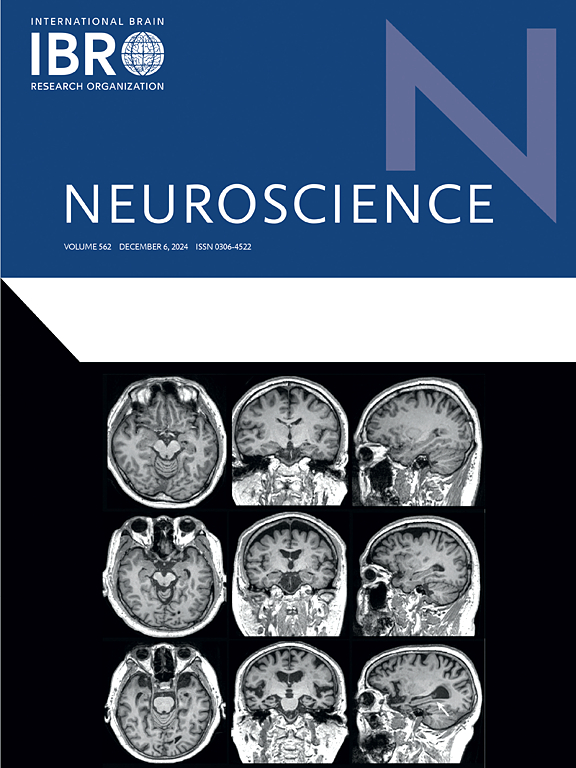基于多模态融合的深度学习治疗阿尔茨海默病的研究进展
IF 2.9
3区 医学
Q2 NEUROSCIENCES
引用次数: 0
摘要
阿尔茨海默病(AD)是世界上最常见的神经退行性疾病之一,其特点是在其晚期显著的记忆和认知能力下降,严重影响日常生活。因此,早期诊断和准确评估对于延缓疾病进展至关重要。近年来,多模态成像在阿尔茨海默病的诊断和研究中得到了广泛的应用,特别是磁共振成像(MRI)和正电子发射断层扫描(PET)的联合应用。这些模式在结构和代谢信息方面的互补性为全面了解疾病和精确诊断提供了独特的优势。随着深度学习技术的快速发展,MRI和PET多模态数据的高效融合已成为一个突出的研究热点。本文系统地回顾了基于深度学习的MRI和PET图像多模态融合用于AD研究的最新进展,特别关注了过去五年(2021-2025)发表的研究。首先介绍了ad相关数据的主要来源,以及数据的预处理和特征提取方法。然后,总结了性能指标和多模态融合技术。接下来,探讨了各种深度学习模型及其变体在多模态融合任务中的应用。最后,分析了该领域目前面临的主要挑战,包括数据稀缺与不平衡、机构间数据异质性等,并探讨了可能的解决方案和未来的研究方向。本文旨在为MRI和PET多模态融合领域的研究人员提供系统的指导,最终推动AD早期诊断和干预策略的发展。本文章由计算机程序翻译,如有差异,请以英文原文为准。

A review of multimodal fusion–based deep learning for Alzheimer’s disease
Alzheimer’s Disease (AD) as one of the most prevalent neurodegenerative disorders worldwide, characterized by significant memory and cognitive decline in its later stages, severely impacting daily lives. Consequently, early diagnosis and accurate assessment are crucial for delaying disease progression. In recent years, multimodal imaging has gained widespread adoption in AD diagnosis and research, particularly the combined use of Magnetic Resonance Imaging (MRI) and Positron Emission Tomography (PET). The complementarity of these modalities in structural and metabolic information offers a unique advantage for comprehensive disease understanding and precise diagnosis. With the rapid advancement of deep learning techniques, efficient fusion of MRI and PET multimodal data has emerged as a prominent research focus. This review systematically surveys the latest advancements in deep learning-based multimodal fusion of MRI and PET images for AD research, with a particular focus on studies published in the past five years (2021–2025). It first introduces the main sources of AD-related data, along with data preprocessing and feature extraction methods. Then, it summarizes performance metrics and multimodal fusion techniques. Next, it explores the application of various deep learning models and their variants in multimodal fusion tasks. Finally, it analyzes the key challenges currently faced in the field, including data scarcity and imbalance, inter-institutional data heterogeneity, etc., and discusses potential solutions and future research directions. This review aims to provide systematic guidance for researchers in the field of MRI and PET multimodal fusion, with the ultimate goal of advancing the development of early AD diagnosis and intervention strategies.
求助全文
通过发布文献求助,成功后即可免费获取论文全文。
去求助
来源期刊

Neuroscience
医学-神经科学
CiteScore
6.20
自引率
0.00%
发文量
394
审稿时长
52 days
期刊介绍:
Neuroscience publishes papers describing the results of original research on any aspect of the scientific study of the nervous system. Any paper, however short, will be considered for publication provided that it reports significant, new and carefully confirmed findings with full experimental details.
 求助内容:
求助内容: 应助结果提醒方式:
应助结果提醒方式:


